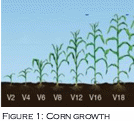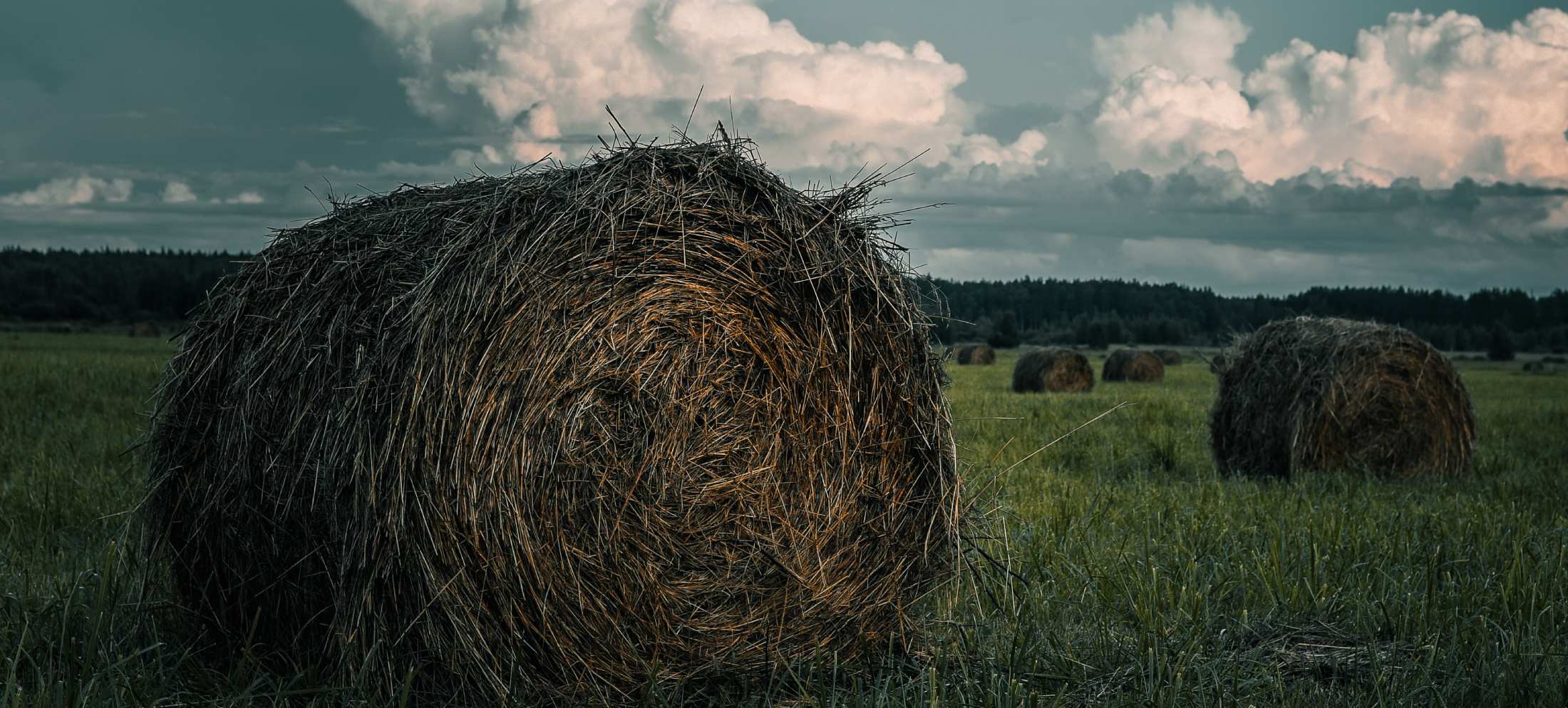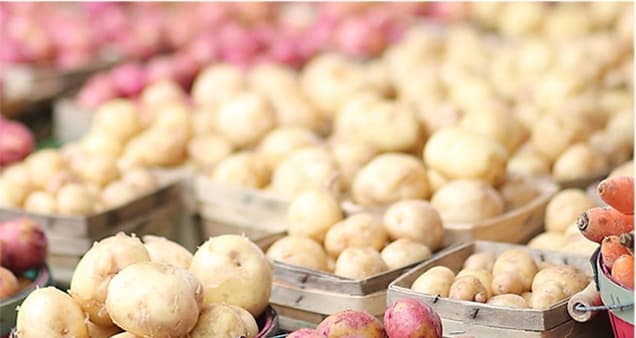Farmers across this province, like farmers everywhere, face the challenge of producing healthy food for our communities, while at the same time striving to protect the land for future generations and reduce the negative impacts on the environment. One opportunity that is often overlooked is the value of cover crops to improve soil management and soil health.
What is a cover crop? This is typically a non-cash crop that is grown in fields to protect soil quality for the future. Cover crops have traditionally been planted primarily to slow erosion but they have also been shown to improve soil health, enhance water availability, smother weeds, help control pests and diseases and increase biodiversity.
Cover crops should be viewed as a long-term investment in improved soil health and management. They can begin to pay for themselves in the first year of use, or it may take a few years for them to lead to a net positive return. Here are a few benefits that may not be noticed directly on the bottom line from a budget standpoint when you are looking at the cost of seed.

1.) Soil Erosion: Open topsoil for any extended period of time during the growing season is something to avoid. Wind and water can carry the soil away through erosion. It takes many years to produce organic matter that makes up topsoil but a significant amount can be lost in one weather event. If small rills are visible in a field, erosion is not only taking place, it is occurring at a rapid and unsustainable rate. Planting cover crops helps stabilize the soil and protect the topsoil layer from wind and water erosion. Interseeding corn with a cover crop is becoming increasingly popular as it allows farmers to establish a cover crop at the V6 – V8 stage (Figure 1). By the time the corn is harvested, the cover crop is well established. For more information, check out Perennia’s CropLinks article: https://www.perennia.ca/wp-content/uploads/2018/03/CropLinks-June-29.pdf. Dr. Darren Robinson (University of Guelph) also discusses annual rye-grass and clover sensitivity to soil applied corn herbicides, which is an important consideration depending on your management program: https://fieldcropnews.com/2016/04/annual-rye-grass-and-clover-sensitivity-to-soil-applied-corn-herbicides/. There may still be time to interseed a cover crop this season, but if not, it is never too early to start planning for next year.
2.) Nutrient Management: Cover crops are a great way to add valuable nutrients when they are incorporated into the soil. Selecting a legume, such as hairy vetch, provides the opportunity to ‘fix’ nitrogen in the soil. A bacterial inoculant may be required to get the full benefit. Some non-legume cover crops, such as radishes and rye, also have the ability to tie up the nutrients and prevent them from being lost due to runoff or leaching.
3.) Water Quality: With nutrients in the soil also comes runoff issues. Our surface water sources are easily exposed to nutrient runoff (e.g. nitrogen and phosphorus) and other pollution sources. Maintaining a cover crop throughout the season helps to ensure soil and nutrients remain in the field and prevent algae blooms and eutrophication of water systems.
4.) Weed Suppression: Weed control can make the difference between a good harvest and a poor one. Farmers can use cover crops as a way to manage weeds in their fields and reduce herbicide applications. Below ground, roots of cover crops extend deep into the soil competing for nutrients and available water and above ground, the leaves compete for sunlight and space discouraging weed growth.
5.) Biodiversity: By planting a cover crop, especially when interseeding, not only are farmers introducing a new plant into the field, they also introduce new interactions for insect populations. Cover crops create new habitats that can encourage pollinators and other beneficial insects or distract pests away from the intended crop (e.g. living mulches for flea beetle control in cole crops). Creating an area of diverse species is beneficial both above and below the soil surface.
These are some of the many reasons why farmers use cover crops—each reason presents an opportunity to not only improve the soil but water and habitat as well. I encourage you all to consider how to incorporate cover crops into your farm and spend some time talking to your crop advisors, nutrient management planners and EFP coordinators. For more information, check out the factsheets on the EFP website: http://www.nsfa-fane.ca/efp/resources/factsheets/



